
BIOGAS CNG
An Anaerobic Digester is a device for optimizing the anaerobic digestion of biomass and to produce biogas for energy production.  Anaerobic digesters are made out of concrete, steel, brick, or plastic. Hydrolysis reaction decomposes organic molecule such as carbohydrates, proteins and fats into glucose, amino acids and fatty acids, respectively. Acidogenesis converts those generated small organic molecules to
Anaerobic digesters are made out of concrete, steel, brick, or plastic. Hydrolysis reaction decomposes organic molecule such as carbohydrates, proteins and fats into glucose, amino acids and fatty acids, respectively. Acidogenesis converts those generated small organic molecules to  volatile organic acids with help from bacteria. During the Acetogenesis process, bacteria in the acetic group digests volatile organic acids and releases acetic acid. Lastly, anaerobic bacteria in the methanogenic producing bacteria group completes the Methanogenesis process by converting acetic acid to methane gas and other gases like carbon dioxide and hydrogen sulphide. The Hydrogen Sulphide is technologically removed by Pressure Swing Adsorption method and pure CO2 is captured. The Methane gas is further purified and compressed as Bio-CNG at high pressure. It has a calorific value of 8500 kilo calorie per cubic meter.
volatile organic acids with help from bacteria. During the Acetogenesis process, bacteria in the acetic group digests volatile organic acids and releases acetic acid. Lastly, anaerobic bacteria in the methanogenic producing bacteria group completes the Methanogenesis process by converting acetic acid to methane gas and other gases like carbon dioxide and hydrogen sulphide. The Hydrogen Sulphide is technologically removed by Pressure Swing Adsorption method and pure CO2 is captured. The Methane gas is further purified and compressed as Bio-CNG at high pressure. It has a calorific value of 8500 kilo calorie per cubic meter.

ORGANIC MANURES
SOLID AND LIQUID ORGANIC FERTILIZERS
Solid Organic Fertilizers are manufactured by a special production technique comprising of first anaerobic then aerobic composting method. By these types of composting techniques, all organic material gets fully decomposed and uniformity of end product increases many fold. Due to this dual type of composting process (i.e. anaerobic and aerobic) high temperature gets generated that leads to destruction of all weed seeds, harmful fungus, bacterial and other microbes. The fertilizers contain 75% organic matter.
By these types of composting techniques, all organic material gets fully decomposed and uniformity of end product increases many fold. Due to this dual type of composting process (i.e. anaerobic and aerobic) high temperature gets generated that leads to destruction of all weed seeds, harmful fungus, bacterial and other microbes. The fertilizers contain 75% organic matter.
Liquid Organic Fertilizers are manufactured by  utilizing biogas slurry. They are pure organic fertilizers in the form of liquid. It is an extract derived after anaerobic composting by utilising sophisticated German technology. Liquid Fertilizers are developed after multiple trials to prove their efficiency by using it in plenty of fields. The end product is ultra-filtered which leads to destruction of all weed seeds, harmful fungus, bacterial and other microbes.
utilizing biogas slurry. They are pure organic fertilizers in the form of liquid. It is an extract derived after anaerobic composting by utilising sophisticated German technology. Liquid Fertilizers are developed after multiple trials to prove their efficiency by using it in plenty of fields. The end product is ultra-filtered which leads to destruction of all weed seeds, harmful fungus, bacterial and other microbes.
CO2 EXTRACTION
In order to improve the calorific value and energy content, methane concentration is increased and CO2 & hydrogen sulphide (H2S)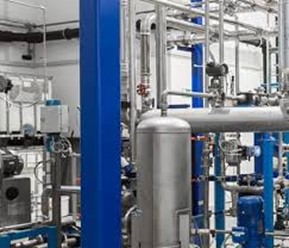 are removed. Some of the available technologies for removal of H2S are Iron chloride dosing, Water scrubbing, Activated Carbon and Amine Process.
are removed. Some of the available technologies for removal of H2S are Iron chloride dosing, Water scrubbing, Activated Carbon and Amine Process.
We us the PSA (Pressure Swing Adsorption) technology which is prevalent for large bio-gas systems in India. With this technique, carbon dioxide is separated from the biogas by adsorption on a surface under elevated pressure. The adsorbing material, usually activated carbon or zeolites, is regenerated by a sequential decrease in pressure before the column is reloaded again. Hydrogen sulphide and water is removed before the PSA- column and CO2 is captured and compressed to Food Grade.
COMPRESSED BIO GAS
Bio gas is a significant renewable source as well as an alternative energy carrier provided by Anaerobic 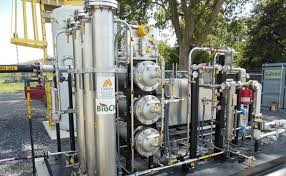 Digestion (AD) of biodegradable food wastes and other organic materials. After its purification, the biogas can be used domestic fuel for and transportation purposes. Majorly pressure swing adsorption and water scrubbing methods are used for biogas purification. Raw Biogas has
55-60% Methane (CH4), 40-45% Carbon Dioxide (CO2), some Hydrogen Sulphide (H2S) and other gaseous impurities. Due to high carbon dioxide content, the calorific value of biogas is significantly lower than CNG.
Digestion (AD) of biodegradable food wastes and other organic materials. After its purification, the biogas can be used domestic fuel for and transportation purposes. Majorly pressure swing adsorption and water scrubbing methods are used for biogas purification. Raw Biogas has
55-60% Methane (CH4), 40-45% Carbon Dioxide (CO2), some Hydrogen Sulphide (H2S) and other gaseous impurities. Due to high carbon dioxide content, the calorific value of biogas is significantly lower than CNG.
We use Pressure Swing Adsorption technology to purify Bio Gas and derive up to 99% Methane which is compressed under high pressure as CBG (Compressed Bio Gas).

SOLAR POWER
We have made a modest beginning to generate 100 KW of electricity with roof top Solar Panels. We shall endeavour to increase the same in the times to come by uploading more power to the grid.
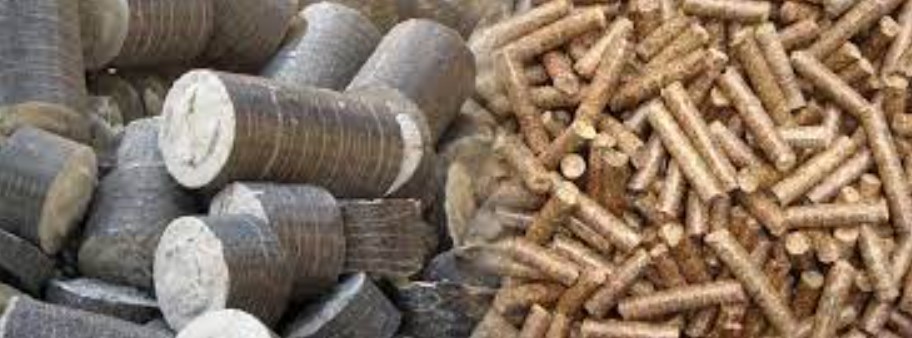
BIO MASS BRIQUETTES
Biomass briquettes are made of green waste and other organic 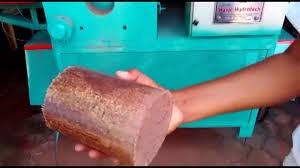 materials including including rice husk, bagasse, ground nut shells, municipal solid waste and agricultural waste. The raw materials are compacted into briquette in order to burn longer like coal. Compared to fossil fuels, the briquettes produce low net total greenhouse gas emissions because the materials used are already a part of the carbon cycle. They therefore come under the category of ‘Green Coal’ and are supplied to Thermal Power plants, industrial use in Boilers and Brick Kilns for burning without smoke generation. We use time tested technology for compaction of organic waste into briquettes.
materials including including rice husk, bagasse, ground nut shells, municipal solid waste and agricultural waste. The raw materials are compacted into briquette in order to burn longer like coal. Compared to fossil fuels, the briquettes produce low net total greenhouse gas emissions because the materials used are already a part of the carbon cycle. They therefore come under the category of ‘Green Coal’ and are supplied to Thermal Power plants, industrial use in Boilers and Brick Kilns for burning without smoke generation. We use time tested technology for compaction of organic waste into briquettes.

RESEARCH AND DEVELOPMENT
We have setup our own R & D centre and have a team of scientists and research  associates
associates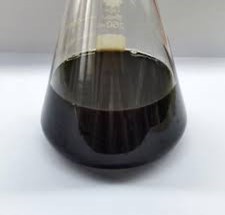 for developing new products and continuously upgrade the existing product quality. We focus more on Bio-fertilizers which are an essential part of organic farming and reduce the use of Chemical fertilizers on soil. Our
R & D centre works for product enhancement and development of new products for Agriculture & Aquaculture farming. We have a state of art Lab and Equipment to support our R & D activities.
for developing new products and continuously upgrade the existing product quality. We focus more on Bio-fertilizers which are an essential part of organic farming and reduce the use of Chemical fertilizers on soil. Our
R & D centre works for product enhancement and development of new products for Agriculture & Aquaculture farming. We have a state of art Lab and Equipment to support our R & D activities.